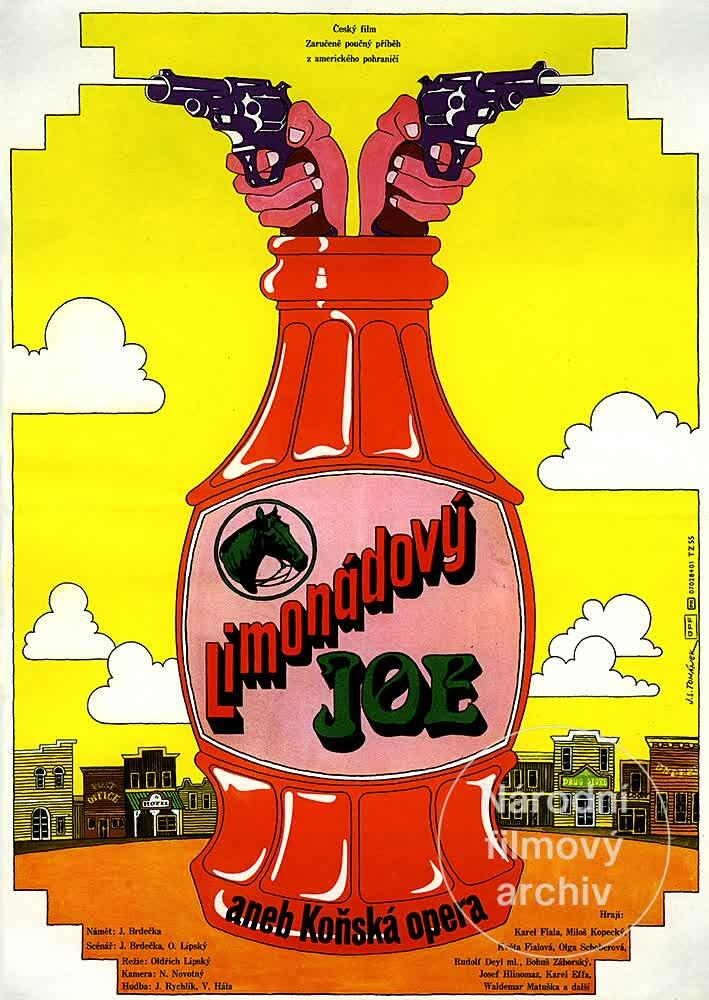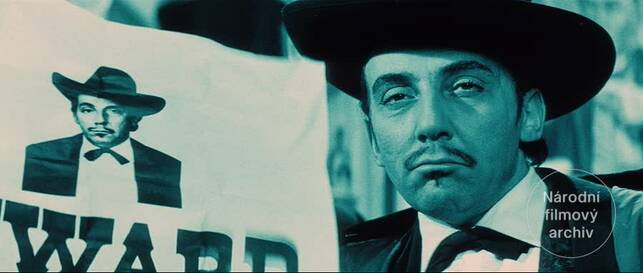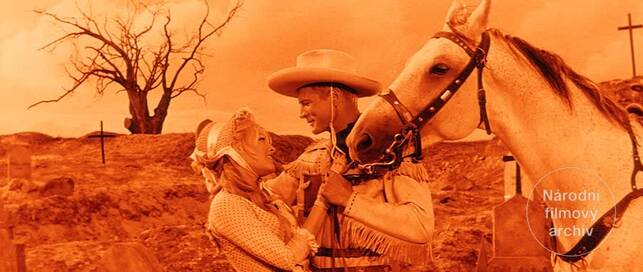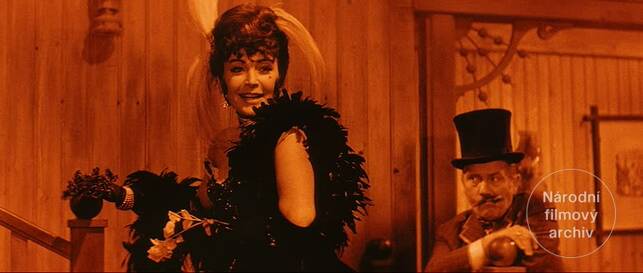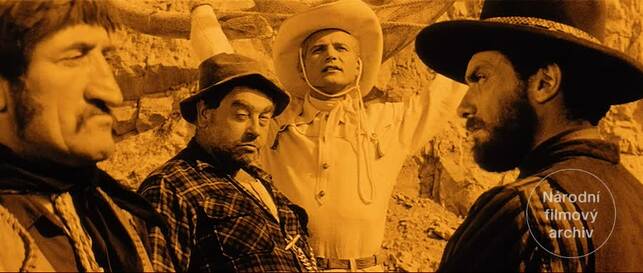Summary
There was no place in socialist Czechoslovakia for “low” capitalist entertainment. Nevertheless, films were made that referred to it, not only in parody but with a humorous, creative distance. Examples included the Western Limonádový Joe aneb Koňská opera (Lemonade Joe) (1964), the Bond-style Konec agenta W4C prostřednictvím psa pana Foustky (The End of Agent W4C) (1967), the crime caper „Čtyři vraždy stačí, drahoušku!“ (Four Murders Are Enough, Darling) (1970), the hard-boiled Adéla ještě nevečeřela (Dinner for Adela) (1977), the Vernesque Tajemství hradu v Karpatech (The Mystery of the Carpathian Castle) (1981) – and the comedy Kdo chce zabít Jessii? (Who Wants to Kill Jessie?) (1966). The latter was the feature screenwriting debut of Miloš Macourek and the first of a series of zany comedies on which he worked with director Václav Vorlíček. Alongside the experiments with “Western” models that Jiří Brdečka and Oldřich Lipský went in for, the story centring on the materialisation of dreams enjoys a special status. It amuses viewers by playing with elements that they could not have been familiar at the time, but supplements them with elements that were intelligent and politically satirical. The emancipated associate professor of somnology Beránková (Dana Medřická) invents a machine capable of monitoring and influencing dreams and, spurred by jealousy, uses it on her diffident, unsuccessful husband Jindřich (Jiří Sovák). Three comic-book characters escape from Jindřich’s dreams into reality – the beautiful Jessie (Olga Schoberová) and two baddies: a gunslinger and Superman… The narrative offers a criticism of everything that mankind attempts to manage, perfect and control (including dreams). Its makers develop the witty idea at the formal level: the comic characters don’t speak but express themselves via speech bubbles. The comic book aesthetic spreads to the live action in a broad variety of inventive ways. Cinematographer Jan Němeček and artist Karel Saudek had a significant impact on the film’s visual form. The movie was shot in cinemascope but had to be released in black and white due to the demands of executing the special effects.
Read more

